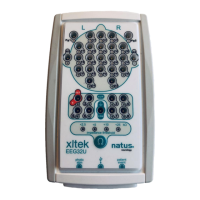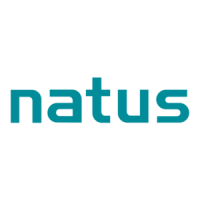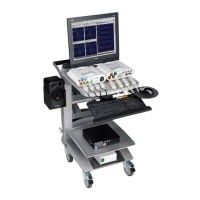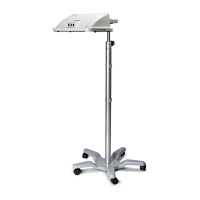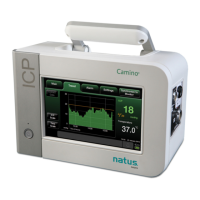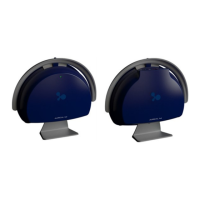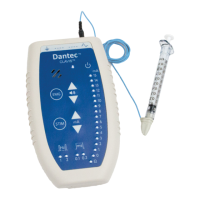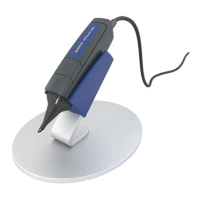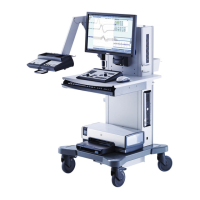XLTEK EEG32U Amplifier User and Service Manual
38
Use cleaning solution sparingly. Excessive solution can flow into the amplifier and cause damage to internal
components.
Do NOT use petroleum-based or acetone solutions, or other harsh solvents, to clean the amplifier.
Disposal at End of Operating Life Instructions
Natus is committed to meeting the requirements of the European Union WEEE (Waste Electrical and Electronic
Equipment) Regulations 2014. These regulations state that electrical and electronic waste must be separately
collected for the proper treatment and recovery to ensure that WEEE is reused or recycled safely. In line with that
commitment Natus may pass along the obligation for take back and recycling to the end user unless other
arrangements have been made. Please contact us for details on the collection and recovery systems available to you
in your region at natus.com
Electrical and Electronic Equipment (EEE) contains materials, components and substances that may be hazardous and
present a risk to human health and the environment when WEEE is not handled correctly. Therefore, end users also
have a role to play in ensuring that WEEE is reused and recycled safely. Users of electrical and electronic equipment
must not discard WEEE together with other wastes. Users must use the municipal collection schemes or the
producer/ importers take-back obligation or licensed waste carriers to reduce adverse environmental impacts in
connection with disposal of waste electrical and electronic equipment and to increase opportunities for reuse,
recycling and recovery of waste electrical and electronic equipment.
Equipment marked with the below crossed-out wheeled bin is electrical and electronic equipment. The crossed-out
wheeled bin symbol indicates that waste electrical and electronic equipment should not be discarded together with
unseparated waste but must be collected separately.
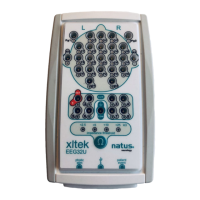
